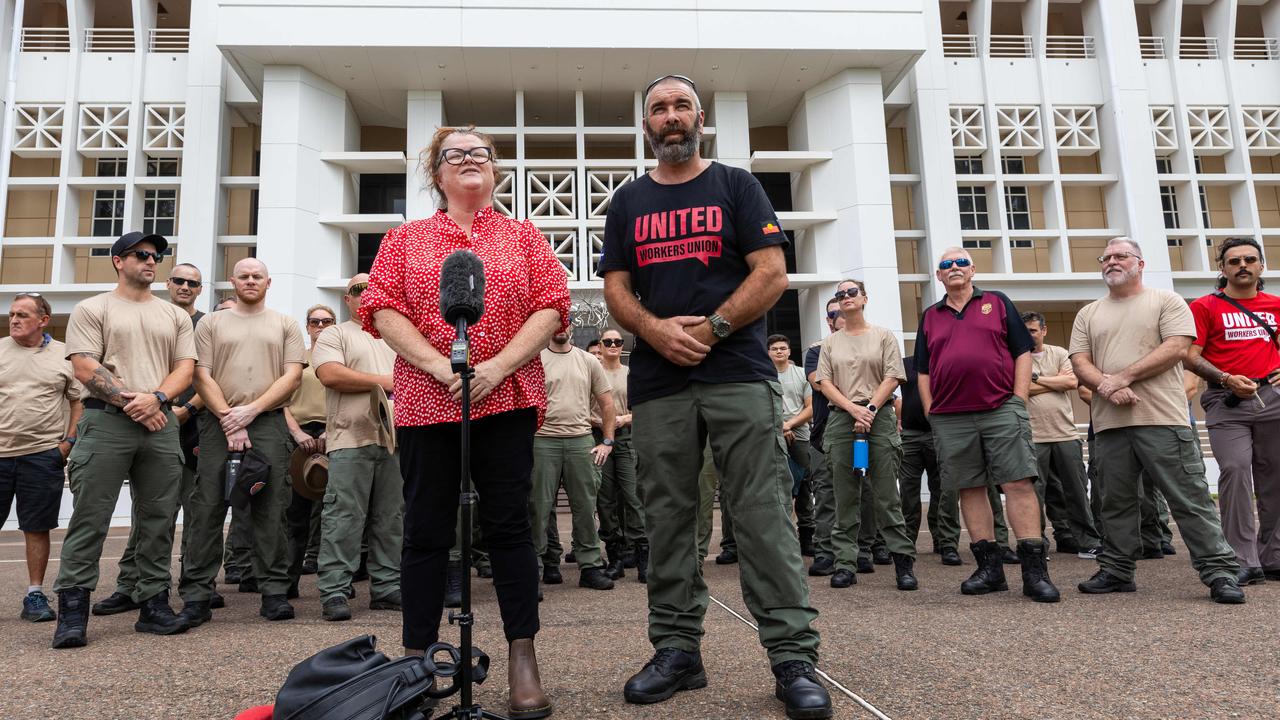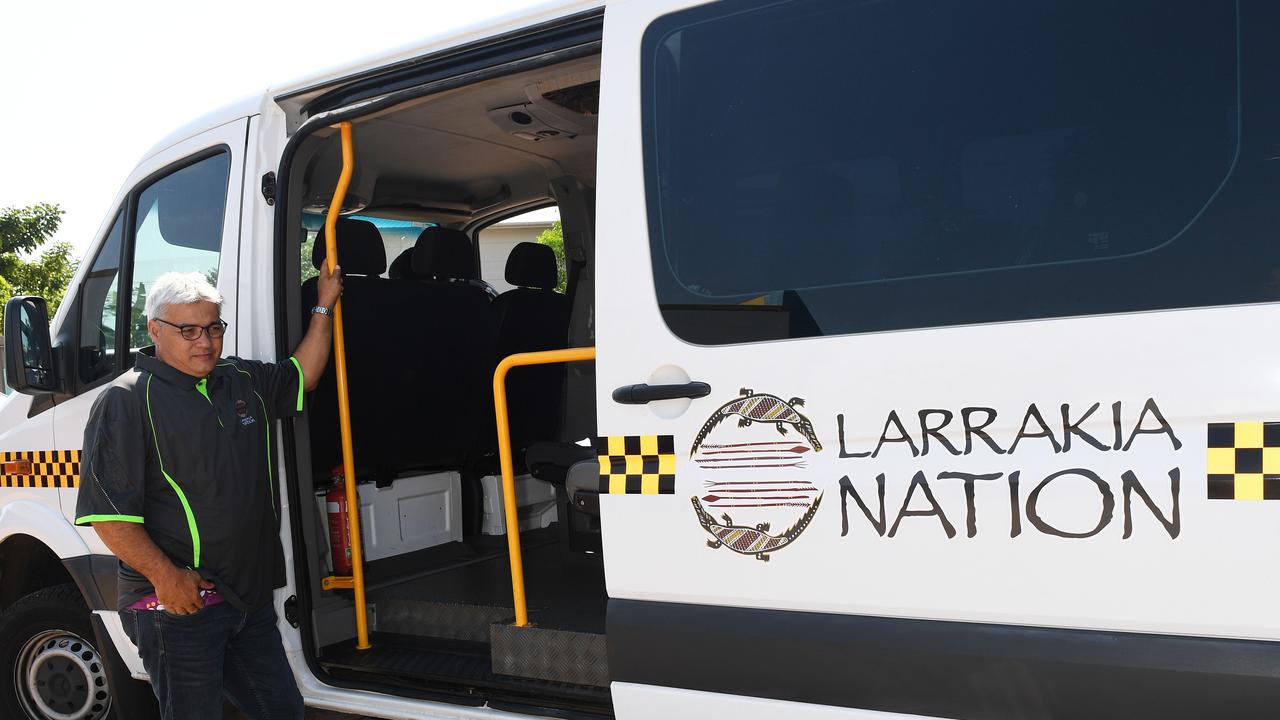How much house, unit prices have grown over 30 years in Australian cities: How does Darwin compare
A NEW analysis of 30 years of property prices across Australia reveals just how far house and unit prices have come. See HOW DARWIN COMPARES

Business
Don't miss out on the headlines from Business. Followed categories will be added to My News.
RISING real estate prices across Australia have reignited a key question for property buyers and owners: do houses or units grow the most?
A new analysis of 30 years of property prices puts houses in front – but not by much, with both increasing more than five-fold and making every long-term owner a financial winner.
Median house prices in capital cities climbed an average 453 per cent while units rose 405 per cent, News Corp Australia’s analysis of Real Estate Institute of Australia data found.
Sydney led the way in house price growth at 565 per cent, from $173,000 to $1.15 million between late 1990 and late 2020, while Melbourne took top honours in units with price growth of 448 per cent, from $113,500 to $622,500.
Brisbane’s median house price climbed from $106,000 to $539,000, up 408 per cent, but its unit prices lagged with 328 per cent growth.
Adelaide is the only capital city where unit price growth – up 404 per cent to $410,500 – eclipsed house price growth of 371 per cent (from $105,000 to $495,000), although separate new data from CoreLogic shows Adelaide’s house prices outgunning units in the past three months.
Hobart’s property surge in recent years made it the second-fastest growing market since 1990, with houses up 519 per cent from $88,000 to $545,000.
In Darwin, the median house price grew 336 per cent, from $110,000 to $480,000, between 1990 and 2020.
It was the lowest house price rise of any Australian capital, followed by Adelaide where prices have risen 371 per cent.
While Darwin’s unit price growth couldn’t be measured, the data shows the median cost of unit last year was $300,000.
Real Estate Institute of Australia president Adrian Kelly said across Australia apartments and other units in some areas had been hit by the pandemic’s lack of migration, tourism slump and missing international students but these were “factors that will turn around”.
“The majority of owner occupiers prefer to live in houses whereas units tend to be preferred by investors including those from overseas,” he said.
Some property specialists also prefer stand-alone houses because it’s land value that rises over time.
Mr Kelly said real estate should always be seen as a long-term investment.
“The Australian property market has always seen a level of resilience not always seen by other investment classes such as shares,” he said.
“The family home not only provides somewhere for a family to live but is also a secure form of investment.”
MORE REAL ESTATE NEWS
Unique design makes luxury Bayview waterfront home a standout
Bark Hut Inn to undergo $1m renovation with help from Roadhouse to Recovery grant cash
$50k higher offer than expected for property a reminder that presentation matters

Raine & Horne Darwin general manager Glenn Grantham, who has worked in Darwin real estate for the past 12 years, said despite Darwin’s boom and bust economy, the real estate market had followed the same broad trends as other Australian capitals over the past 30 years.
“I’ve seen some sales history from back 30 years ago and it shows houses in the northern suburbs selling for $50,000 to $100 000. And those same houses today, even in a dilapidated state, are going for about $400,000,” he said.
“There’s inflation … we talk about the price of a house being $75,000 30 years ago, but what was the wage? It’s all relative.”
“And real estate never goes down …. in general, the growth of real estate just continues along a static line on a graph and that static line is always heading upwards.”
He said units, in terms of apartments, “didn’t exist” in Darwin until about 15 years ago.
New research from CUA has found the family focus remains strong, with more than half of parents recommending buying a home before having children.
$1 FOR ALL YOUR NEWS? Sign up now to our amazing deal of $1 for 28 days
CUA head of product Barbara O’Conor Nash said record low interest rates and incentives such as the First Home Loan Deposit Scheme had helped many families and first home buyers enter the market.
“Home ownership has always been the Australian dream,” she said.
Not even the pandemic prevented Antonia and Korian Strakosch from experiencing rising prices for the home they bought in 2019.
“Another apartment in our building with a similar floorplan sold at the end of last year for over $80,000 more than we paid for ours 18 months earlier,” said Ms Strakosch, 40.
“It’s an investment in our future.”


